| Midsize SUV; Built in USA |
|
|
| Good condition price range: $3,800 – $8,800* |
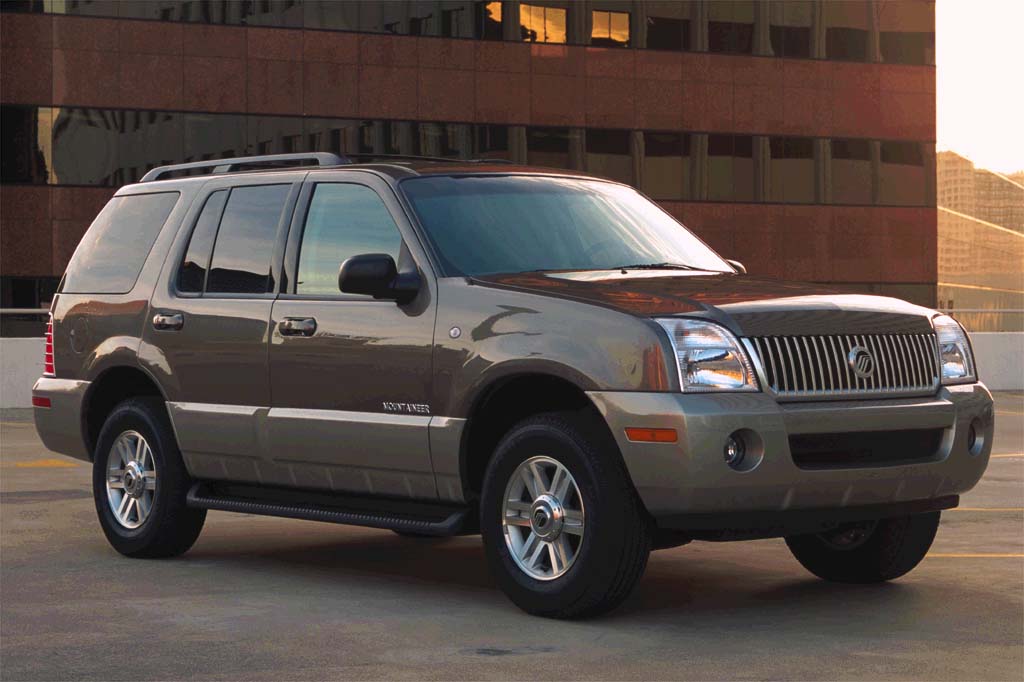
2002 Mercury Mountaineer
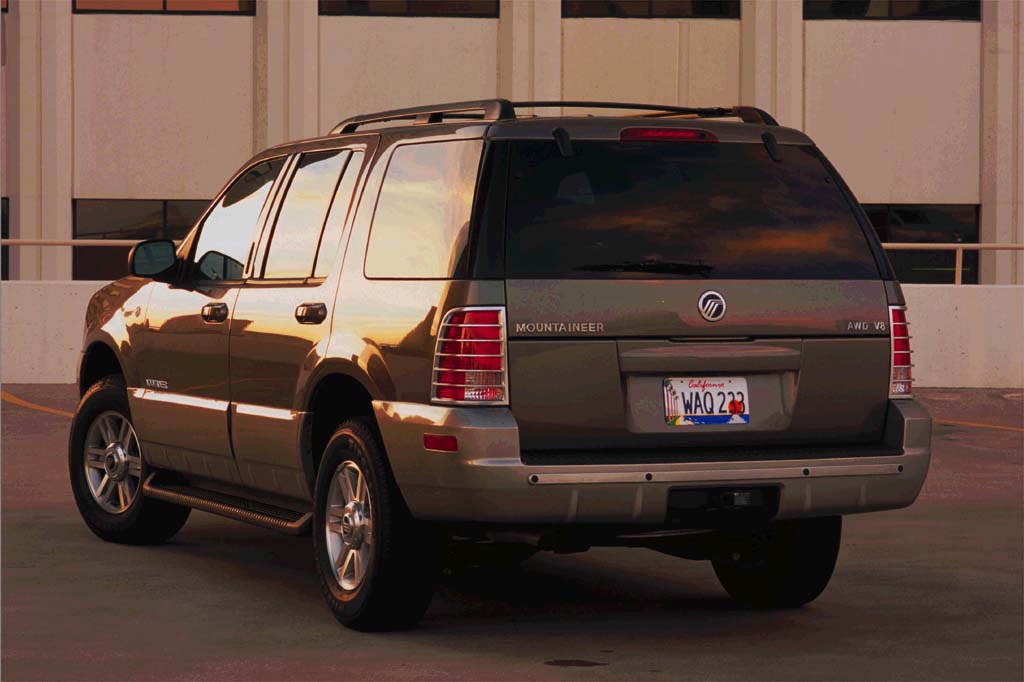
2002 Mercury Mountaineer
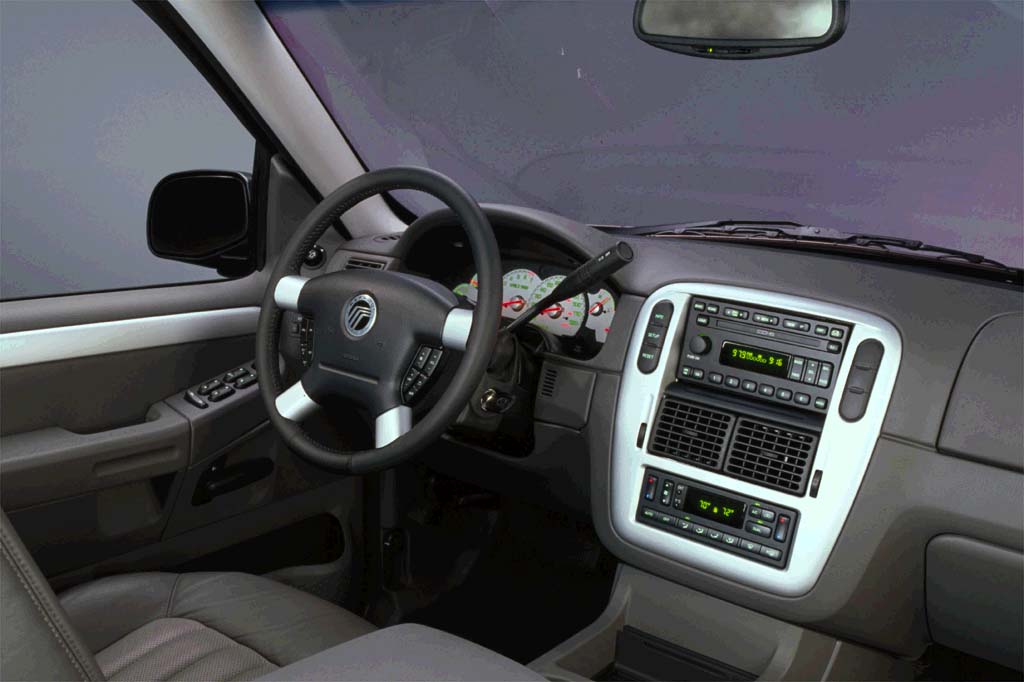
2002 Mercury Mountaineer interior
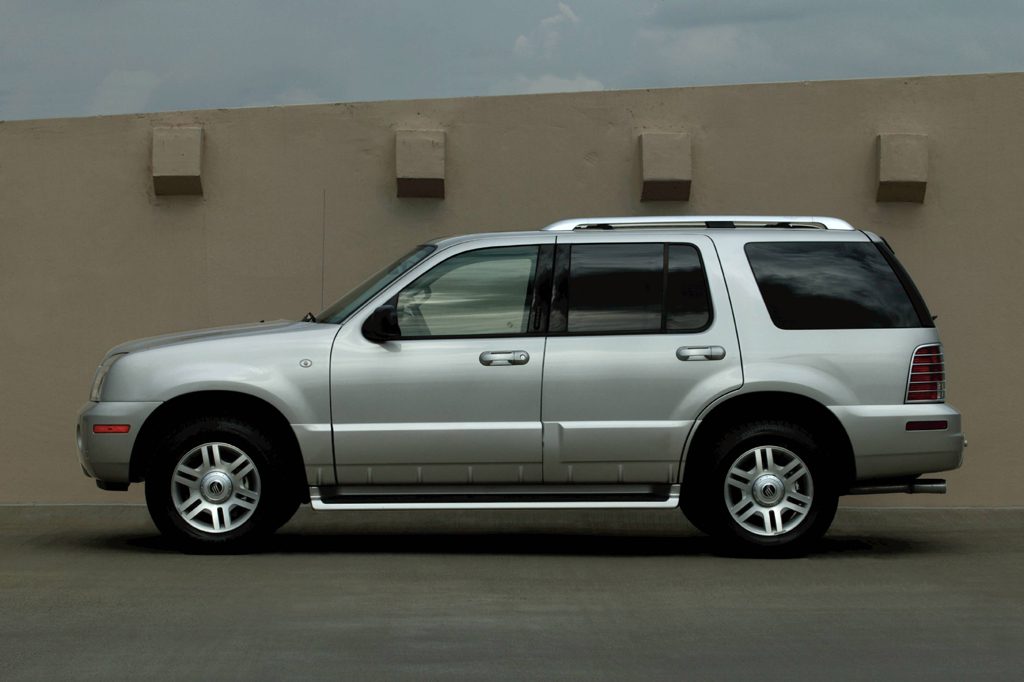
2004 Mercury Mountaineer
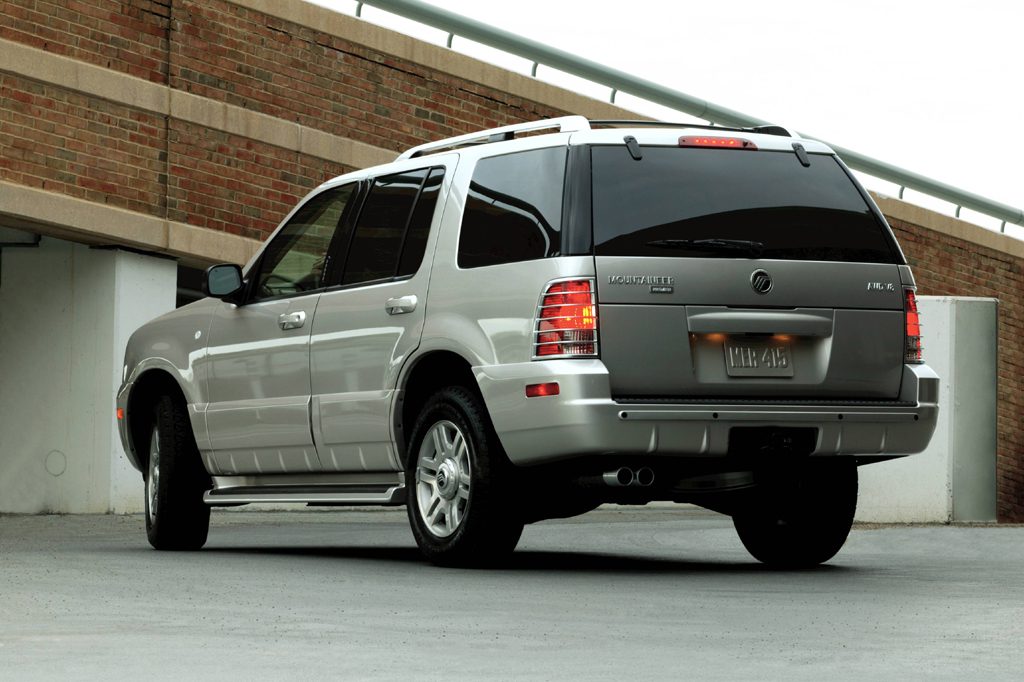
2004 Mercury Mountaineer
| Pros: |
|
| Cons: |
|
A Mountaineer deserves a spot on your midsize SUV shopping list, due to its beyond-competent overall performance and impressive array of available features. More expressive in styling than an Explorer, with sharper handling, it’s not quite as good a value, though price differences tend to get closer as the vehicles age.
Overview
Midsize in dimensions, the Mountaineer sport utility vehicle shares its design with the Ford Explorer. Both were redesigned for 2002.
Built with a wider stance and longer wheelbase, they gained an independent rear suspension. Mountaineers featured more expressive styling, inside and out. They also had a standard third-row seat for seven-passenger capacity.
A V6 engine was standard. The optional V8 was a new overhead-cam design, in place of the previous overhead-valve V8. Both engines came only with a five-speed automatic transmission; prior V8 Mountaineers had used a four-speed automatic.
Mountaineers were available with rear-wheel drive or all-wheel drive without low-range gearing. (The Explorer’s 4WD system had low-range gearing for off-road use.)
Antilock four-wheel disc brakes and a tilt/telescoping steering wheel were among the standard features. Options included a rear-obstacle-warning system, power-adjustable pedals, and a driver-seat memory. Torso side airbags were not offered, but the optional curtain side airbags were designed to provide head protection in a side collision. Later in the model year, they were programmed to deploy in a rollover.
Performance and accommodations reflect those of similarly-equipped Explorers. Competitors included the Acura MDX, GMC Envoy, and Toyota Highlander.
Yearly Updates
| 2003 Mountaineer Addition of standard power-adjustable pedals and an available DVD entertainment system highlighted 2003 for Mercury’s version of the Ford Explorer and new Lincoln Aviator. A three-point safety belt was now installed for the second-row center seat. Mountaineers came in Convenience, Luxury, and Premier trim, all with three rows of seats. Ford’s Explorer could be equipped with an optional antiskid system, which was not available for the Mountaineer. |
| 2004 Mountaineer Second-row bucket seats became available for 2004, on Luxury and Premier models, and Ford’s AdvanceTrac antiskid system joined the options list at midseason. The third row of seats could be deleted for credit. |
| 2005 Mountaineer Mercury’s version of the Ford Explorer is unchanged for 2005, due to receive updates similar to the 2006 Explorer later in the calendar year. |
